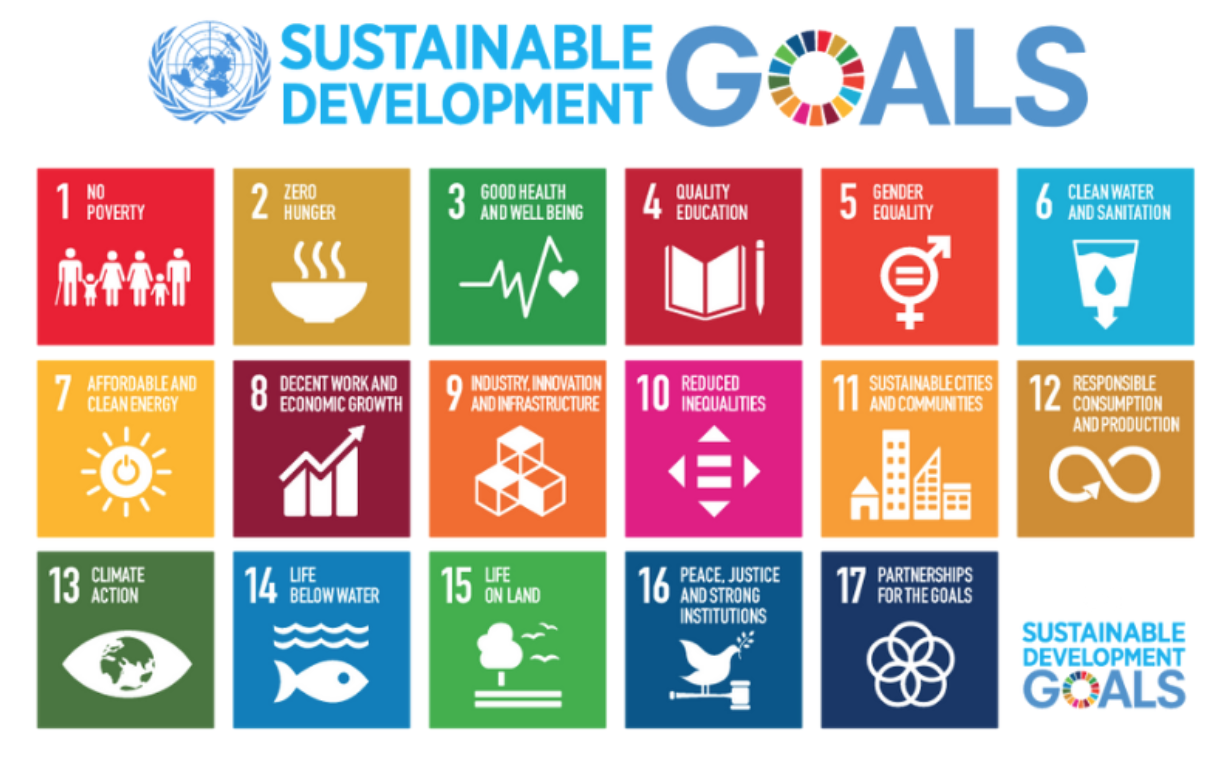
Awaji city’s key role in supporting SDGs
As mentioned previously on this HP (New topic, Aug. 9th, 2024), the natural environment of Awaji Island has been well preserved. Unfortunately however, the growth of human populations and their relentless activities pose a growing threat to the region’s wealth of pristine nature. In the Meiji period 150 years ago, the Japanese population was about 30 million people, while currently it stands at over 120 million. From the bottom of Naruto Channel, giant bones of wooly mammoths have been found. It suggests that they once lived here on Awaji, but disappeared as humans slaughtered them for food. In the southern Mihara plain of Awaji, a variety of wildlife including herds of deer and wild bores provided lively sport for hunting by the emperor from Southern Osaka. River banks and sea shores are now covered in concrete to prevent flooding, leading to the loss of countless insect and marine life.
This unfortunate trend is not only on Awaji but across the globe. To counter this trend, in 2015 the UN proposed 17 Sustainable Development Goals (SDGs) that aim to protect the natural environment as well as healthy human life for future generations. Although the innumerable losses of nature seen in fossil records can never return, the UN has requested that every nation in the world strive to achieve the SDGs by 2030 in a movement towards a habitable, sustainable planet.
Among the 17 goals, those related to preservation of natural environments include #12 “responsible production and consumption”, #11 “sustainable cities and communities”, #7 “affordable and clean energy,” and #13 “protect the planet”. Details about strategies to achieve these goals can be found here.(https://sdgsstory.global.brother/e/special/sdgs/#goal-01).
Needless to say, our daily activities are the key to reaching these goals. Each of our daily activities depend on the living environment. This suggests that actions of local government close to our daily life play a key role to establish the goals. In Japan, local government means bodies that manage wards, municipalities, and prefectures. Let’s take a look at the websites of Awaji and Sumoto cities and Hyogo prefecture. What are they doing to preserve the natural environment and support well-being in society? Awaji city declares 6 targets to achieve SDGs: 1. Lowering carbon emissions, 2. Supporting biodiversity, 3. Recycling materials and energy, 4. Creating a society of well-being, 5. Empowering local activity with local resources, 6. Encouraging action throughout the city.
To reach these targets, three to four more detailed actions are indicated for each goal. For target 3, the city promises to improve facilities for garbage disposal and recycling. It has made significant progress, including the collection of used items, an increasingly common practice everywhere in Japan. For target 5, support is being provided to entrepreneurs who start businesses that preserve nature, consistent with the unique culture and history of Awaji Island.
Sumoto city’s basic plan also indicates goals towards carbon neutrality and a circular economy based on recycling. The basic plans of both Awaji and Sumoto cities go into even greater detail. They propose reducing car use, office machinery and introducing equipment to reduce carbon dioxide. Anyone interested in practical solutions for environmental preservation may benefit from a look at the HPs of these cities.
Such proposals are promising, but the true test will be whether people can take real action to implement the proposals raised by local governments to save the planet and the beauty of our natural surroundings.
